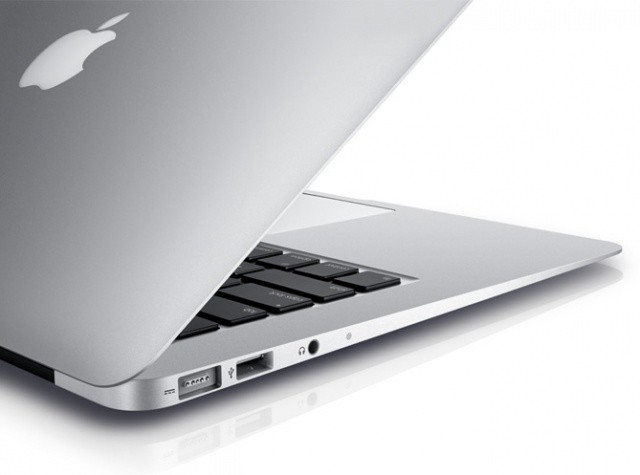

Once you've settled on a file system, you then have to determine which storage medium you want: solid-state or spinning disk. Some highly specialized external drives might not work with Macs even if they're formatted correctly, but consumers looking for extra space simply to store backups or large video collections aren't likely to encounter them.Įxternal Drives: SSDs vs. If you really fancy a consumer-oriented drive formatted for Windows (which will usually pre-formatted in the NTFS format), you can use the Disk Utility in macOS to reformat it after you bring it home from the store. Of course, you can easily reformat most external drives, so you're not limited to buying only those intended for use with Macs. It's simply called the Apple File System (APFS), and it's the first format to be used across both Macs and iOS devices.
Optical drive media type for mac air mac os#
With the release of the macOS High Sierra operating system, Cupertino ditched its venerable Mac OS Extended file system, commonly abbreviated as HFS+, and switched to an entirely new file system.

(Spoiler: A Thunderbolt 3 drive isn't your only option far from it.)īefore we get to Thunderbolt 3, we need to address a basic building block of hard drives that has always affected compatibility, and probably always will: the file system.Īn external drive's file system is the most important factor that determines whether or not it's readable by Macs, PCs, or both.

So what's a Mac user to do who just wants to back up his or her files using Time Machine, or stash a large video collection? Read on as we solve this and all of your other Mac external-storage quandaries. As a result, they are typically external SSDs, or multidrive RAID arrays, which means they're also very expensive. Most of the current models that use the Apple-friendly interface are designed for photographers and video editors who need to store mountains of footage and access it very quickly.
Optical drive media type for mac air how to#


 0 kommentar(er)
0 kommentar(er)
